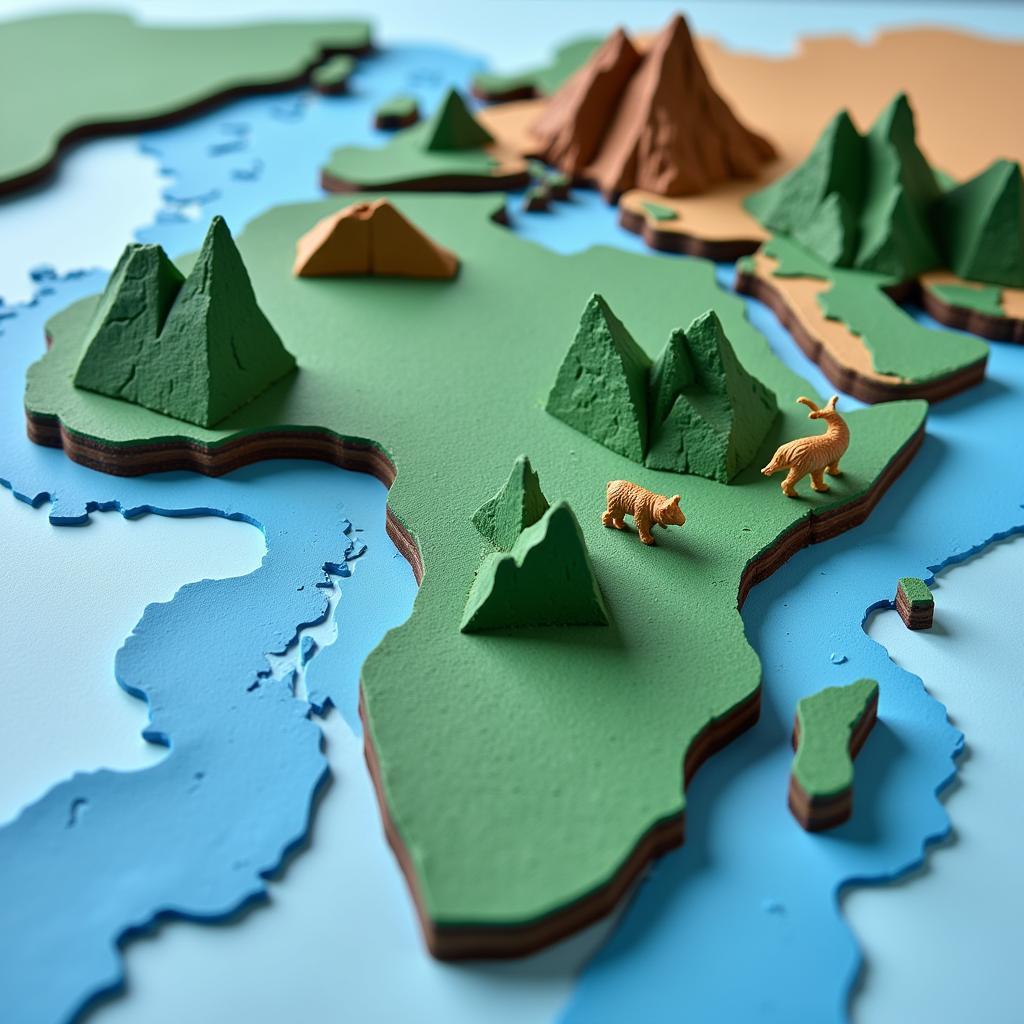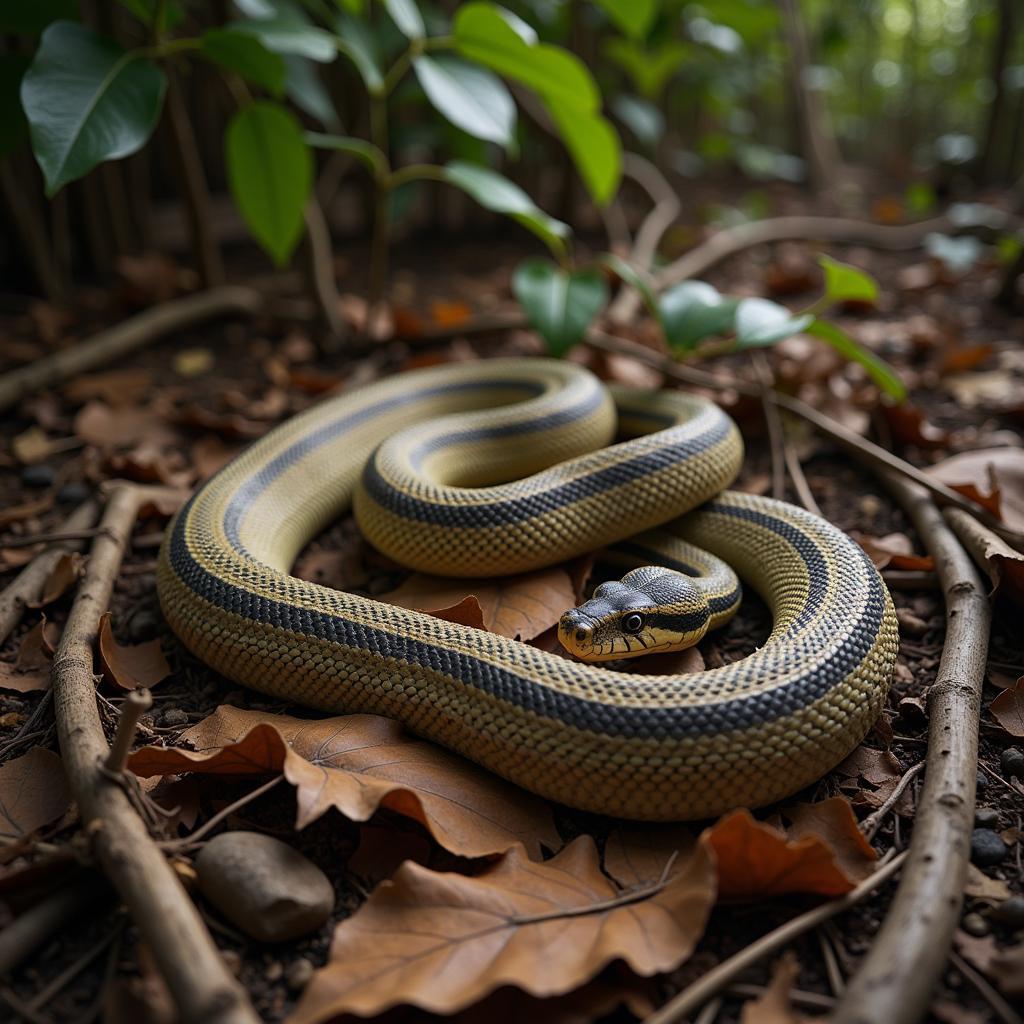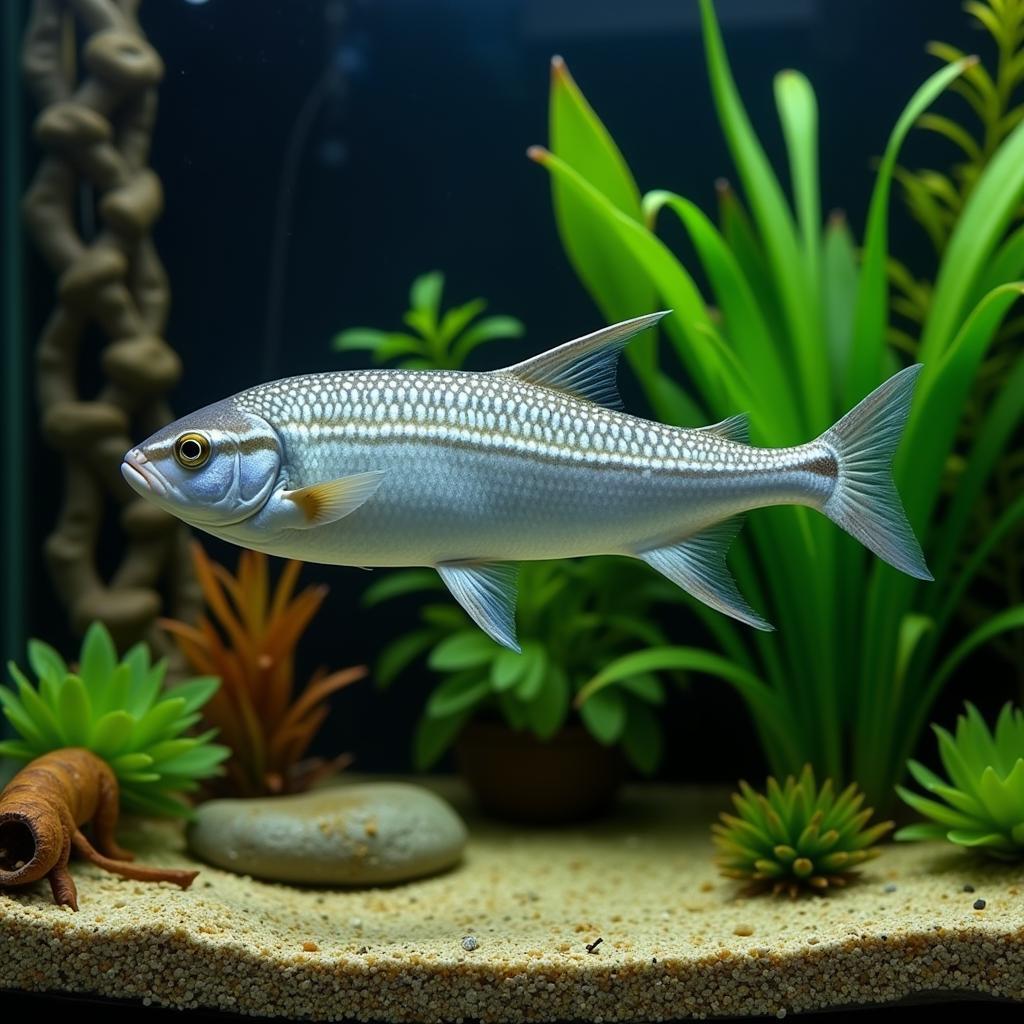Unleash Your Creativity: DIY Models of the African Continent
Creating your own African Continent Diy Models offers a fantastic opportunity to explore the diverse geography, cultures, and history of this captivating landmass. Whether you’re a student, teacher, or simply passionate about Africa, building a model can be both educational and rewarding. Let’s dive into the exciting world of crafting your own miniature Africa!
Materials and Methods for African Continent DIY Models
Choosing the right materials is crucial for bringing your African continent DIY models to life. Consider using readily available resources like cardboard, foam board, or even recycled materials like plastic bottles. For a more detailed model, salt dough or clay can be molded and shaped to represent the continent’s varied landscapes.
Cardboard Cutouts: A Simple Approach
For a basic African continent DIY model, trace the outline of Africa onto cardboard and carefully cut it out. This method is ideal for younger children or quick projects. You can then paint the countries different colors and label them.
3D Models with Foam Board
Foam board provides a sturdy base and allows you to add dimension to your African continent DIY models. Cut out the continent shape and then add layers to create raised plateaus, mountains, and valleys. This method provides a more realistic representation of the continent’s diverse topography.
 3D Foam Board Model of Africa with Rivers and Mountains
3D Foam Board Model of Africa with Rivers and Mountains
Exploring African Geography Through DIY Models
Building African continent DIY models is an engaging way to learn about its diverse geographical features. You can research the major rivers, mountains, deserts, and forests and incorporate them into your model. This hands-on approach helps visualize the continent’s vastness and complexity.
Representing Major Landmarks
Consider adding miniature representations of iconic landmarks like Mount Kilimanjaro, the Sahara Desert, or the Nile River. This adds detail and sparks further exploration of specific regions. You can use different materials to depict various landscapes, such as sand for the desert or blue paint for rivers.
What are some creative ways to depict different terrains on my African continent DIY model?
Using a variety of textures and materials can enhance your model. For example, you can use crumpled tissue paper for mountains, yarn for rivers, and sand for deserts.
Incorporating Culture and History into Your Models
Beyond geography, your African continent DIY models can showcase the continent’s rich cultural heritage and history. Consider adding symbols representing different countries, traditional housing structures, or even miniature artifacts.
Showcasing Cultural Diversity
Research the diverse cultures and traditions of the various African nations and find ways to represent them on your model. Small flags, painted patterns, or even miniature clothing items can add a cultural dimension to your creation.
Conclusion: Bringing Africa to Life Through DIY Models
Creating African continent DIY models is a rewarding experience that combines creativity, learning, and an appreciation for this incredible continent. From simple cardboard cutouts to elaborate 3D representations, building a model provides a tangible connection to Africa’s diverse landscapes, cultures, and history. So gather your materials, unleash your imagination, and embark on a journey of discovery through the art of DIY model making!
FAQ
- What are some easy-to-find materials for making an African continent DIY model?
- How can I make my model more accurate and detailed?
- What are some creative ways to depict different African cultures on my model?
- Where can I find reliable resources for information about African geography and culture?
- How can I involve children in the process of making an African continent DIY model?
- Can I use recycled materials to create my model?
- What are some tips for displaying my finished African continent DIY model?
Need assistance? Contact us 24/7: Phone: +255768904061, Email: kaka.mag@gmail.com, or visit us in Mbarali DC Mawindi, Kangaga, Tanzania.


